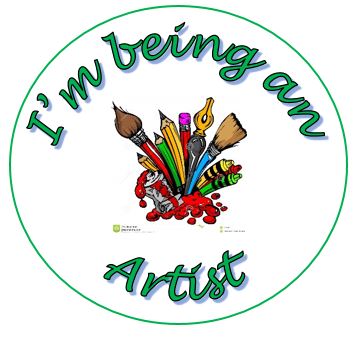Art
“Every child is an artist. The problem is how to remain an artist once he grows up.”
Pablo Picasso
This quote shows that we at St Chad’s recognise the artist in all our children and encourage them to develop a lasting love of art.
We believe that valuing the ‘process’ or art and creativity and not just the final product is an important way to promote engaged and confident artists. Encouraging all children to engage in art, through practical knowledge and creativity, alongside their knowledge of Art History. With this in mind, there are three key concepts that the children will encounter across the main areas of study: drawing, painting and sculpture. Children in every stage are taught drawing and painting, and later in Key Stage 2 sculpture. This allows children to master techniques and develop fine motor skills, which they can then later apply in other art specialisms.
Art History
Throughout their time in St Chad’s children will be develop their knowledge of art history in order to develop skills of visual analysis, research and communication as well as build on empathy, tolerance and mutual respect for world cultures. Children are taught key dates and facts about artists, distinguishing features of an artist’s work and context within time and paradigm. Throughout their primary education, children will encounter a range of art movements and associated artists, as well as study more contemporary and lesser-known artists.
Composition
Composition in art is the way in which different elements of an artwork are combined or arranged. An artist intentionally used the elements and principles of art and design to create the artwork. The elements chosen given a sense of relationship to both the artist and it is hoped the viewer. Through the study of individual pieces, children will learn how artists lead the viewer into and around their composition and will be able to use this knowledge to create their own pieces. Children are taught to use the elements and principles of art and design intentionally to create focal point, create mood, and give directional cues that will help the viewer navigate their work.
Colour theory
In each of the main areas of study: drawing, painting and sculpture, children are taught aspects of colour theory. Colour theory explains how humans perceive colour; and the visual effects of how colours mix, match or contrast with each other. Colour theory also involves the messages colours communicate; and the methods used to replicate colour. This knowledge allows the children to communicate their thought and feelings about the artwork being studied as well as informing their own creative choices.

